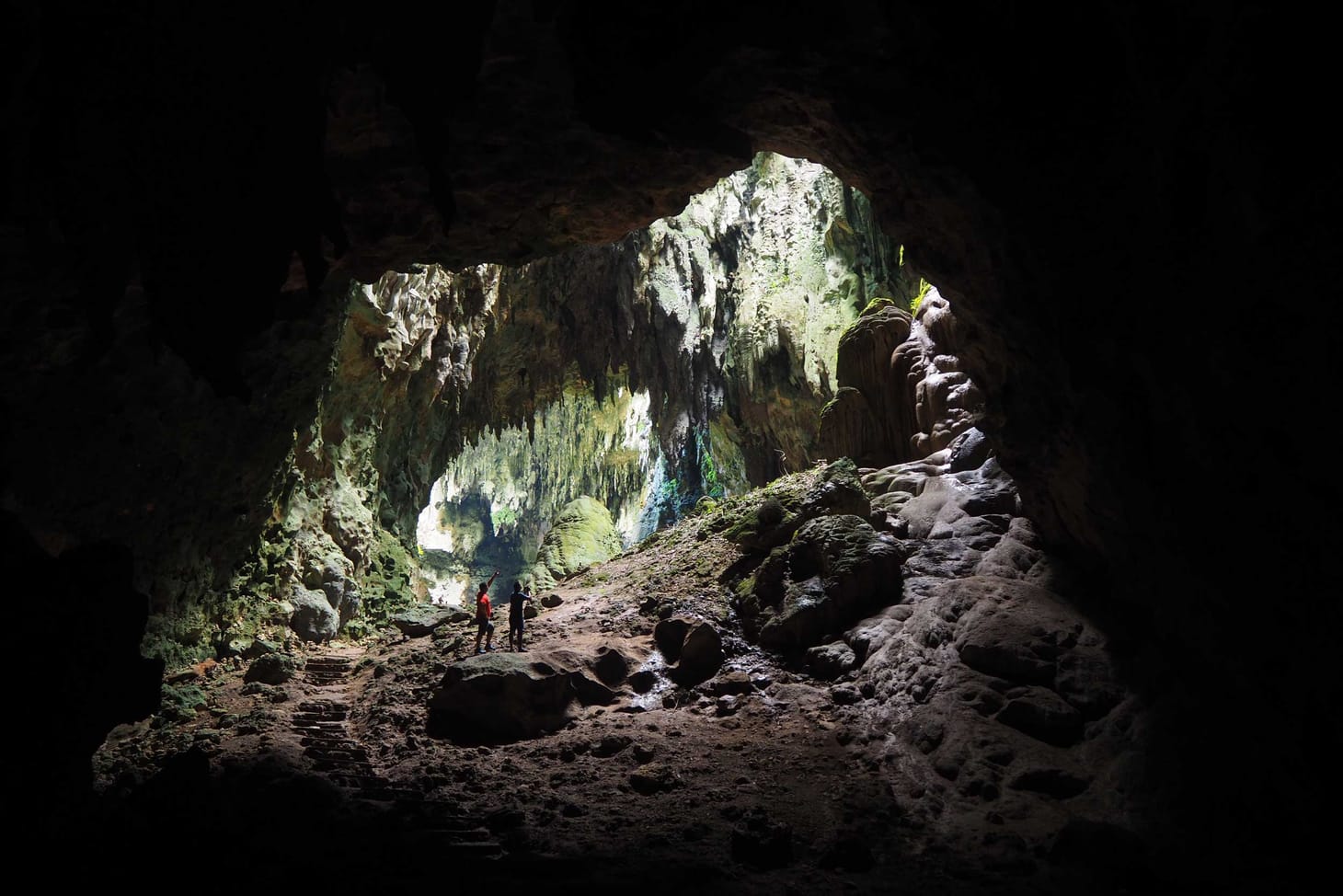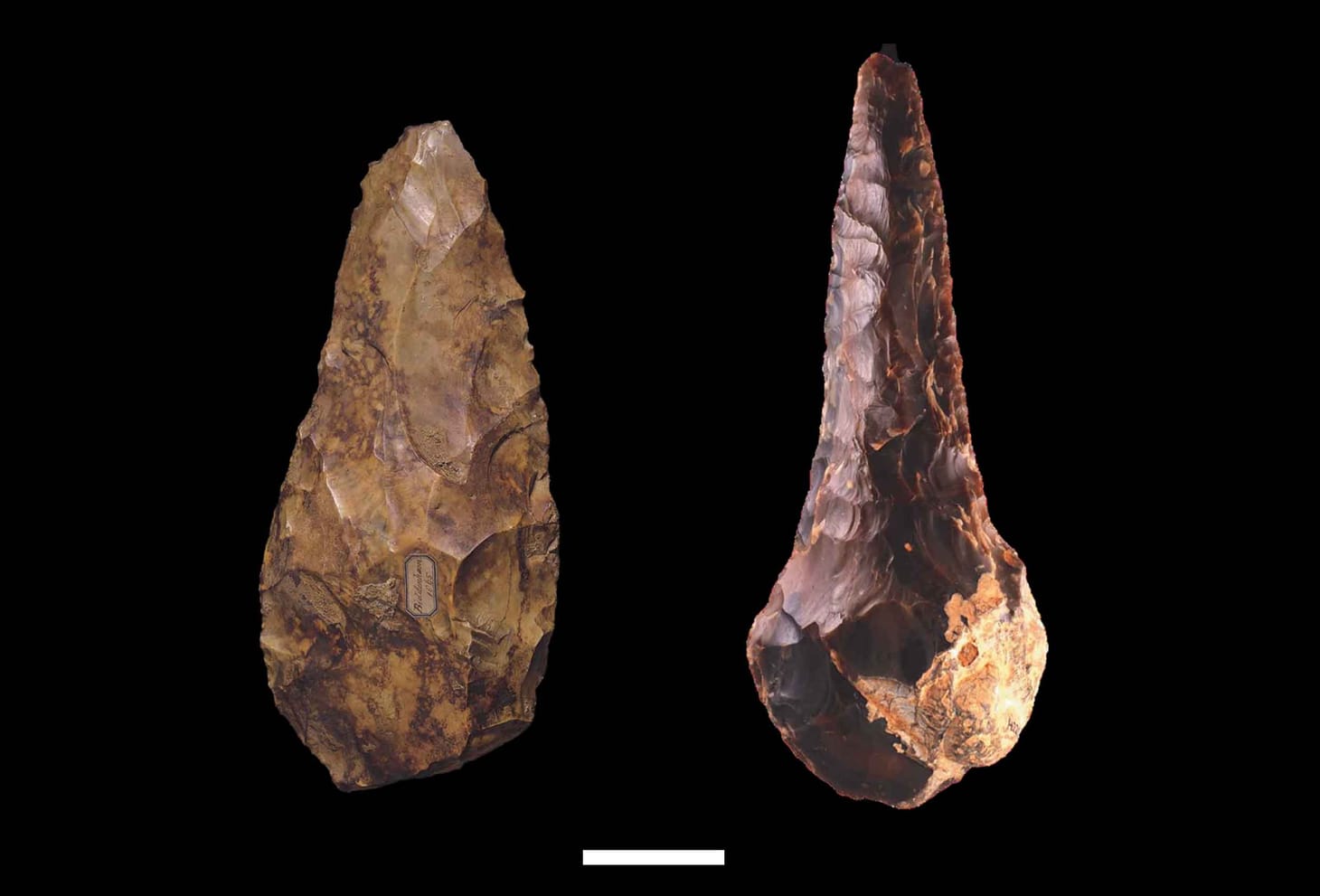Homo erectus keeps getting older
New work from Melka Kunture, Ethiopia, shows the Garba IVE infant jaw is one of the oldest individuals of this longest-lasting hominin species.
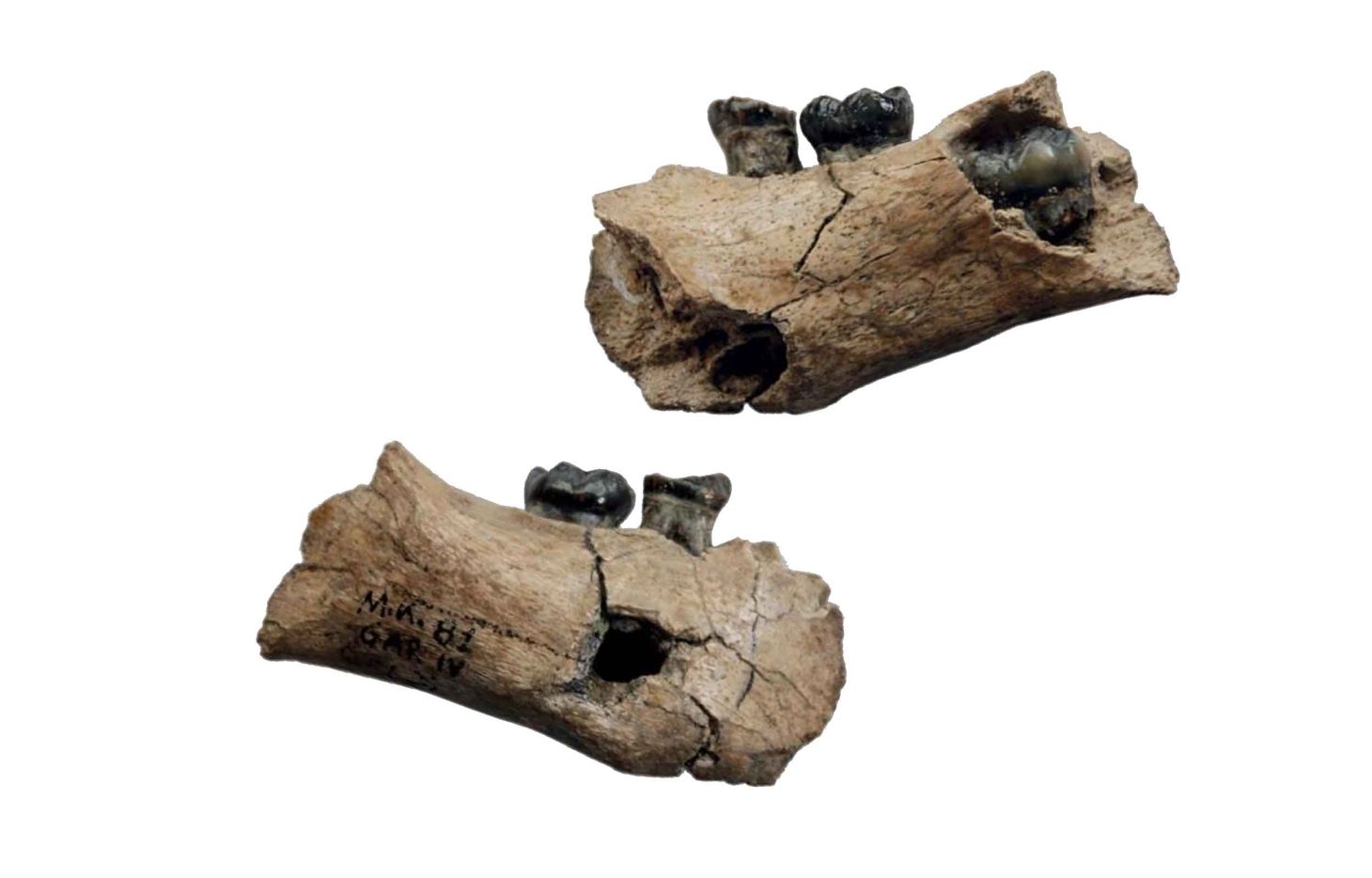
I'm reading a new article by Margherita Mussi and coworkers, who have been working on the fossil and archaeological sites of Melka Kunture, Ethiopia. This field research area is around 60 km southwest of Addis Ababa and is not a single site but instead several localities within a series of gullies that feed the Awash River. The new research re-evaluates the geological age of some of the earliest archaeological levels in this area, in the excavations at the locality designated Garba IV. With new paleomagnetic dating results and some description of recently excavated material, Mussi and coworkers show that levels D, E, and F are between 2.02 million and 1.95 million years old. Most interesting is that level D includes what is now the earliest Acheulean assemblage in the world, and level E has produced the partial jaw of a very young Homo erectus individual. The Garba IVE jaw is now one of two earliest H. erectus individuals known anywhere, in a virtual tie with the DNH 134 cranial vault from Drimolen, South Africa.
Inside the teeth
The Garba IVE jaw is not a new discovery: it was unearthed during excavations in 1982. From that time onward it was attributed to H. erectus and compared with other subadult mandibles from the Turkana basin such as KNM-ER 820 and KNM-ER 1477. Its first molar is not erupted, and partial crowns of the two permanent premolars, canine, and second incisor are inside their crypts. In their new research, Mussi and coworkers focused on the internal anatomy of these unerupted teeth, which helped them to confirm that the individual's teeth are much the same as later examples of H. erectus.

Internal dental morphology is adding a lot to our evidence of human origins. The external tooth shape carries a lot of information but it can be obscured by tooth wear or—as in this case—by the jaw itself when the teeth were unerupted at the time an individual died. MicroCT scanning can bring these hidden anatomical features out for measurement and observation. These kinds of studies have added information for many fossil teeth that do not yield much information in any other way.
As researchers have added new fossils, they've found that the hills and valleys that mark the line between dentin and enamel have a complicated topography. The undulations are the result of a developmental process that has shifted slightly over time across hominins, giving a way to track their relationships. This has become especially important in Homo erectus, a species that has a lot of overlap in cranial variation across samples. Specialists in this kind of analysis are finding new ways to distinguish lineages and populations from each other. It's a little like DNA in one way: Finding the patterns of variation within modern humans and within other species of primates has provided a map, and hominins occupy some parts of the map that are not filled in by living populations.
Acknowledging these exciting advantages of looking inside the teeth, we have to recognize that tooth shape is not DNA evidence. Convergent evolution of similar tooth shapes is a real possibility, especially within the small part of the tree of relationships where early Homo and later Australopithecus branched from each other. I'm convinced by this study that the Garba IVE mandible is indeed related to other jaws identified as H. erectus. But the variation among these fossil teeth is less than the variation we see within modern humans, and that makes me hesitate to say that we fully understand their relationships to each other.
Across the continent
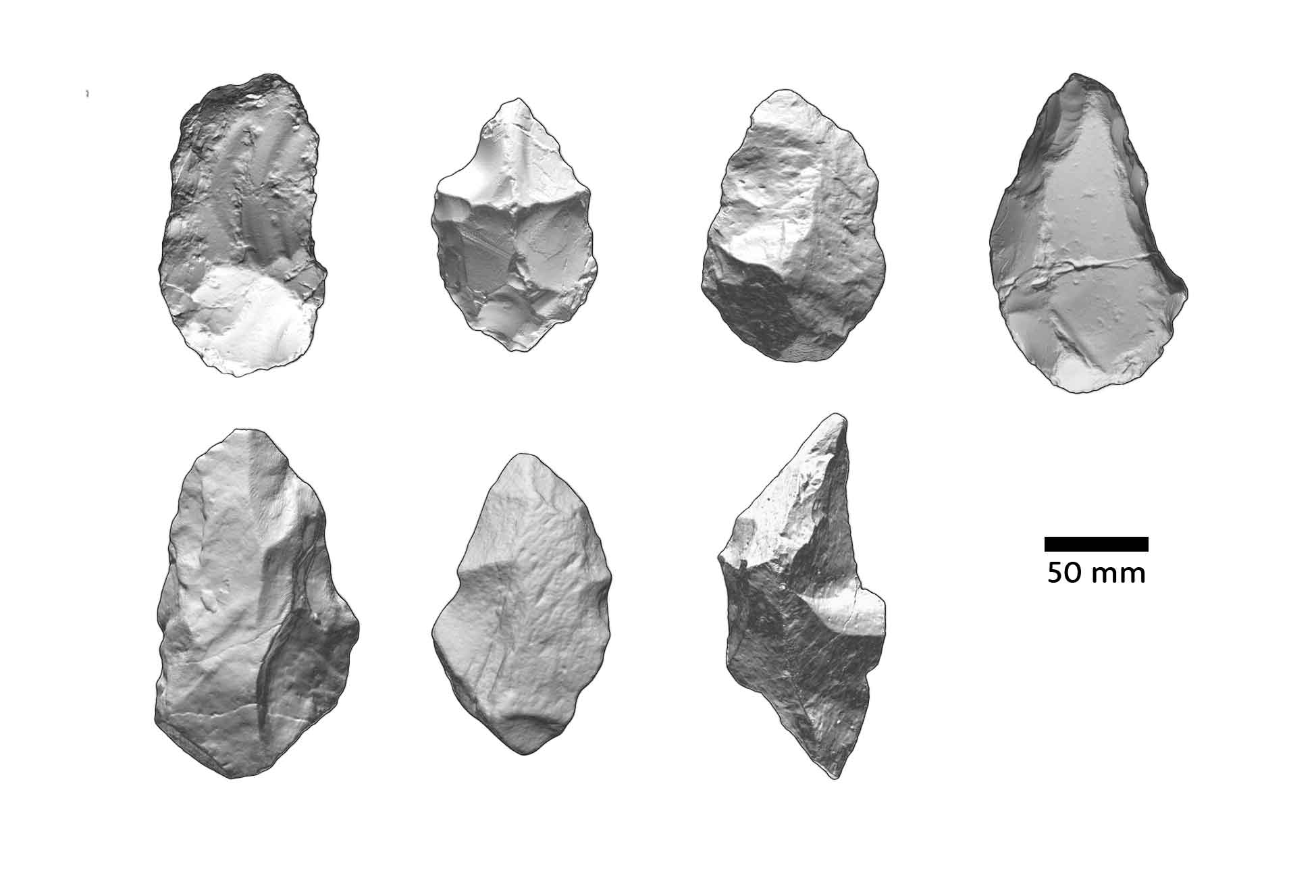
The earlier date of the Garba D level has one big implication. Garba D has an Acheulean tool assemblage with handaxes and other bifaces. With the new geological age estimate of 1.95 million years for this level, this is the earliest site with handaxes and other bifacial large cutting tools identified so far anywhere. The underlying levels, down to level F, include Oldowan assemblages that now join the elite group of stone tool sites earlier than 2 million years ago.
Three years ago, the team working at Drimolen, South Africa, reported a beautiful cranial vault of a young child that they attributed to Homo erectus. That individual, with a geological age estimated between 2.04 and 1.95 million years, is near the opposite end of the African continent from Melka Kunture. Other fossils attributed to H. erectus from Africa are younger, but some are within 100,000 years of these two early specimens. That may include several fossils from Swartkrans, South Africa, where fossils from Member 1 are 1.8 million years or earlier.
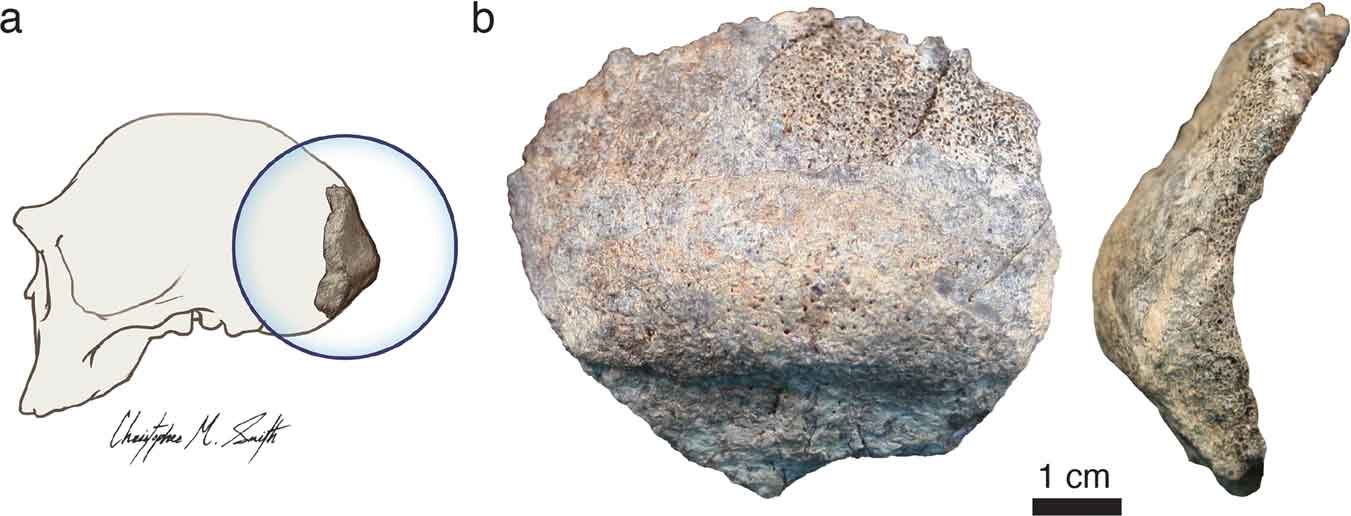
Right now the oldest H. erectus material in the Turkana Basin may be a partial occipital bone designated as KNM-ER 2598, which is around 1.9 to 1.85 million years, and comes from a similar context as a partial hip bone, KNM-ER 77072. An earlier fossil hip, KNM-ER 3228, is around 1.95 million years old and has historically been attributed to H. erectus also, mostly on the assumption that H. erectus was the only species at the time big enough for this fossil to fit.
What does all this mean? The earliest fossil evidence of H. erectus in Eurasia is from Dmanisi, Republic of Georgia, where the species existed by 1.85 million years ago. Many paleoanthropologists think that H. erectus was the first species to combine the body shape and cognitive horsepower to disperse out of the African biomes to which its ancestors had adapted, into areas with new and different faunal and plant communities. But there are archaeological sites in Eurasia that are earlier than any fossil evidence of H. erectus there, from Jordan to China. For a while in the early 2000s, it even seemed possible that H. erectus itself might have first evolved in Eurasia, from some earlier form of hominin that we had not yet found.
For me, this is a case where it's best not to rely too much on an imperfect record. I suspect that H. erectus got an earlier start than we can see from today's fossils. The sites across Africa that date to 1.9 million years or earlier give us a hint that H. erectus was already almost everywhere by that time. Within Africa, the species may go back even earlier in time. Its fossils are so few and far between that we are likely missing a long stretch of its earliest existence.
Mussi and coworkers emphasize that the Melka Kunture area is on the Ethiopian plateau, at an altitude above 2000 meters. The South African sites are not quite so high, just above 1600 meters, but that's still important from the standpoint of ecology. The Garba IV paleoenvironmental evidence suggests a very high fraction of grazing species and open savanna or plains ecology. The old idea that our own genus, especially the large-bodied and long-legged H. erectus, was able to move with greater confidence in open habitats may yet turn out to be a key to our evolutionary story.
Notes: Melka Kunture is a fantastic cultural landscape, with sites from the Holocene all the way back to the earliest Pleistocene. Some of the remarkable sites from later on, around a million years ago, have evidence of hominin footprints. I was fortunate to visit the site briefly around a decade ago, and hope to go back and see much more about the work that has happened there.
I've included references to papers by Herries and coworkers on Drimolen, and Hammond and coworkers on the KNM-ER 2598 occipital bone, as pointers to those early H. erectus sites. The stable isotope work from Garba IV by Briatico and coworkers is in preprint.
References
Briatico, Giuseppe, Bocherens, Hervé, Bonnefille, Raymonde, Geraads, Denis, & Mussi, Margherita. (2022, October 17). Isotopic insights into the Early Acheulean (1.95 Ma-1.66 Ma) high-elevation paleoenvironments at Melka Kunture (Upper Awash, Ethiopia). https://doi.org/10.21203/rs.3.rs-2155280/v1
Hammond, A. S., Mavuso, S. S., Biernat, M., Braun, D. R., Jinnah, Z., Kuo, S., Melaku, S., Wemanya, S. N., Ndiema, E. K., Patterson, D. B., Uno, K. T., & Palcu, D. V. (2021). New hominin remains and revised context from the earliest Homo erectus locality in East Turkana, Kenya. Nature Communications, 12(1), Article 1. https://doi.org/10.1038/s41467-021-22208-x
Herries, A. I. R., Martin, J. M., Leece, A. B., Adams, J. W., Boschian, G., Joannes-Boyau, R., Edwards, T. R., Mallett, T., Massey, J., Murszewski, A., Neubauer, S., Pickering, R., Strait, D. S., Armstrong, B. J., Baker, S., Caruana, M. V., Denham, T., Hellstrom, J., Moggi-Cecchi, J., … Menter, C. (2020). Contemporaneity of Australopithecus, Paranthropus, and early Homo erectus in South Africa. Science, 368(6486), eaaw7293. https://doi.org/10.1126/science.aaw7293
Le Cabec, A., Colard, T., Charabidze, D., Chaussain, C., Di Carlo, G., Gaudzinski-Windheuser, S., Hublin, J.-J., Melis, R. T., Pioli, L., Ramirez-Rozzi, F., & Mussi, M. (2021). Insights into the palaeobiology of an early Homo infant: Multidisciplinary investigation of the GAR IVE hemi-mandible, Melka Kunture, Ethiopia. Scientific Reports, 11(1), Article 1. https://doi.org/10.1038/s41598-021-02462-1
Mussi, M., Skinner, M. M., Melis, R. T., Panera, J., Rubio-Jara, S., Davies, T. W., Geraads, D., Bocherens, H., Briatico, G., Le Cabec, A., Hublin, J.-J., Gidna, A., Bonnefille, R., Di Bianco, L., & Méndez-Quintas, E. (2023). Early Homo erectus lived at high altitudes and produced both Oldowan and Acheulean tools. Science, 0(0), eadd9115. https://doi.org/10.1126/science.add9115
Zanolli, C., Dean, M. C., Assefa, Y., Bayle, P., Braga, J., Condemi, S., Endalamaw, M., Engda Redae, B., & Macchiarelli, R. (2017). Structural organization and tooth development in a Homo aff. Erectus juvenile mandible from the Early Pleistocene site of Garba IV at Melka Kunture, Ethiopian highlands. American Journal of Physical Anthropology, 162(3), 533–549. https://doi.org/10.1002/ajpa.23135
John Hawks Newsletter
Join the newsletter to receive the latest updates in your inbox.


